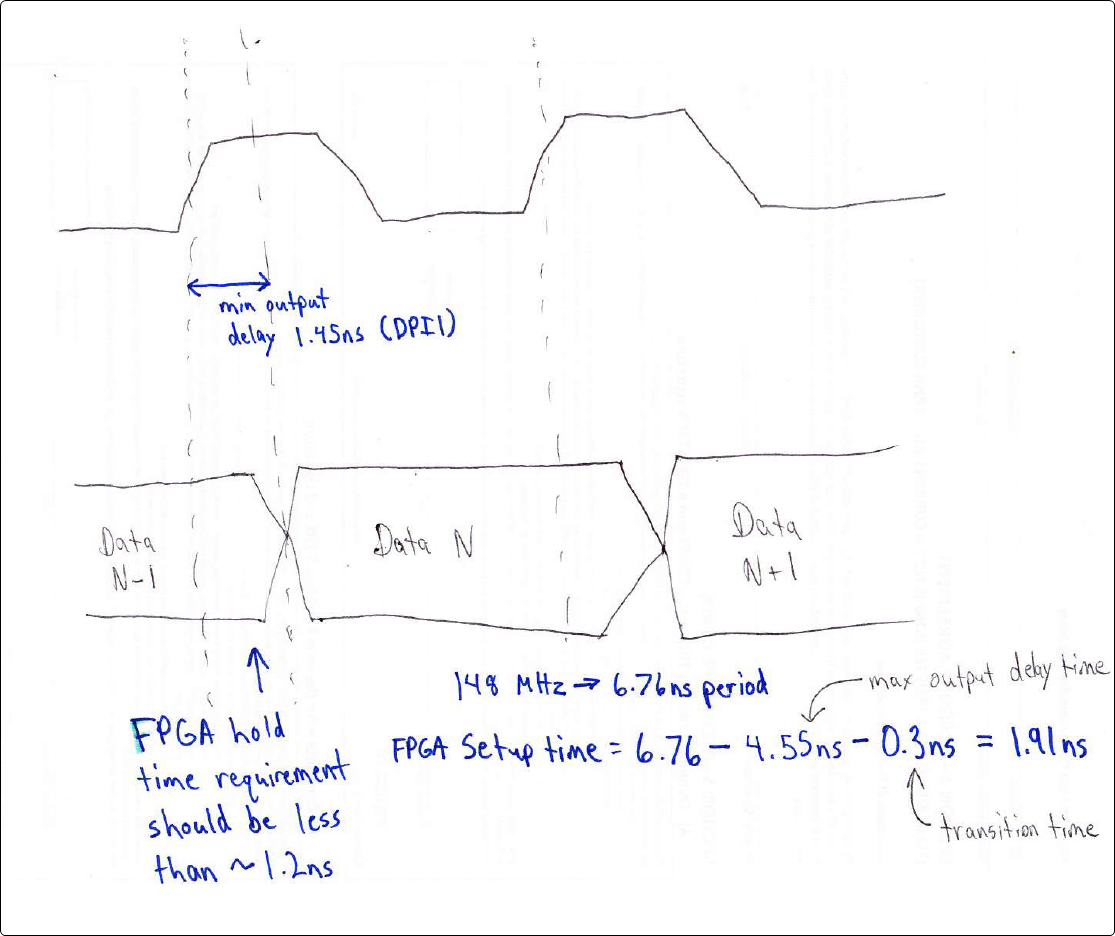Hi TI Experts.
Please let me confirm the following question.
[Question]
Would you please teach me the reason why there is the difference for specification between "Table 7-15. DPI Video Output i (i = 1..3) Default Switching Characteristics" and "Table 7-16. DPI Video Output i (i = 1..3) Alternate Switching Characteristics"?
My customer would like to use the 148MHz DPI clock. In case of Table7-15 specification, they cloud not use this clock for tc because the out of range of tc specification.
If you have any questions, please let me know.
Best regards.
Kaka


